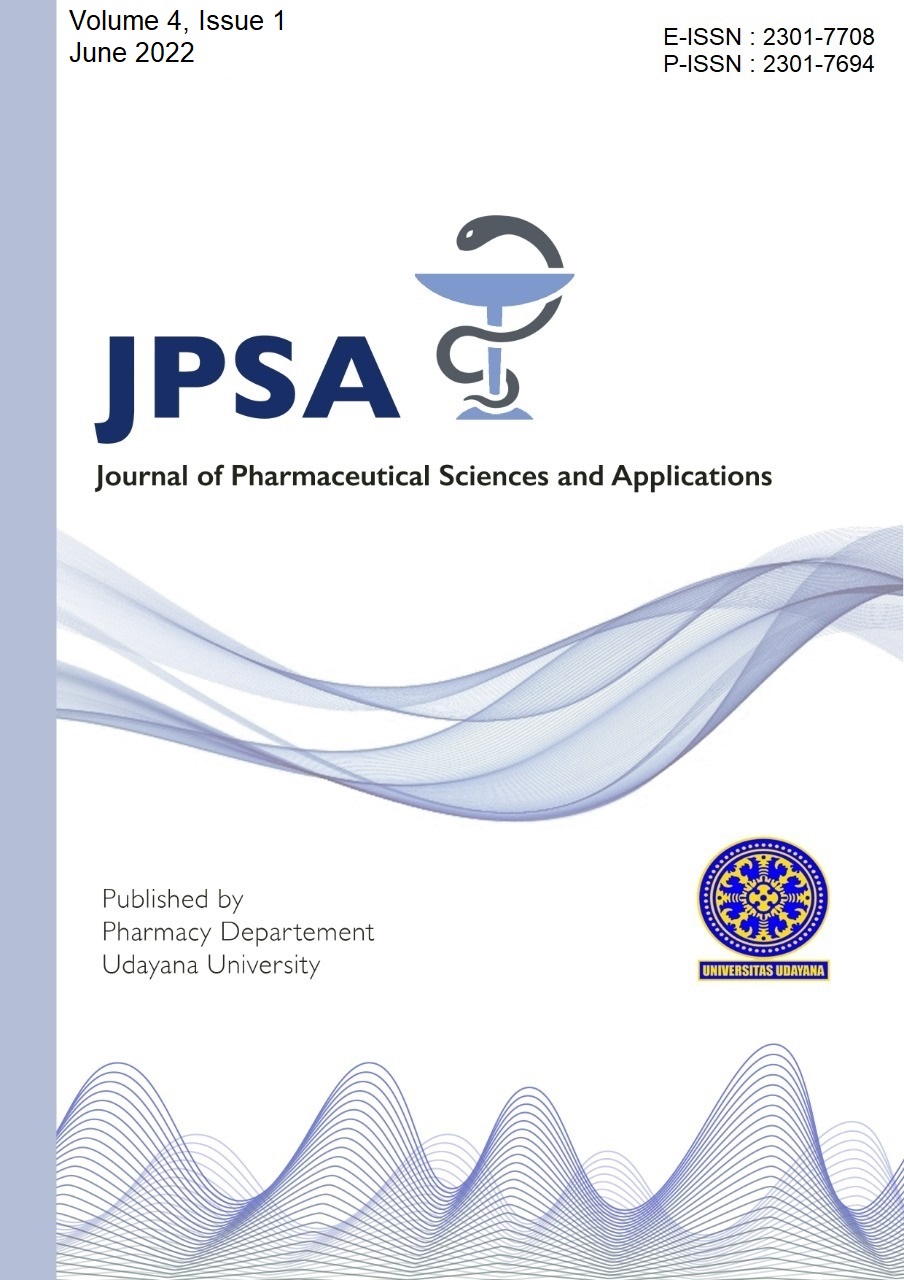ACTIVITY OF BAY LEAF EXTRACT (Eugenia polyantha) AS ANTI-INFLAMMATORY IN WHITE RAT (Rattus norvegicus)
NARRATIVE REVIEW
Abstract
Background: Inflammation is the body's defense response against foreign body invasion, tissue injury, or both caused by microorganisms, mechanical trauma, chemical compounds, and physical factors. Anti-inflammatory agents can be used to treat inflammation. Bay leaves are one example of a plant that can be used. Ethanol extract and water extract of a bay leaf can be anti-inflammatory because they contain flavonoids. Objectives: The purpose of this study was to see how effective ethanol extract and aqueous extract of bay leaf were as anti-inflammatory agents in mice. Methods: This study employs a systematic literature review approach, descriptive qualitative research, and library research. Results: The most efficacious dose was 150 mg/kg BW at a 70 percent concentration and at an 80 percent concentration for ethanol extract of bay leaves, and 50 mg/kg BW for the aqueous extract of bay leaves. Conclusion: Based on the results of this study, it can be concluded that bay leaf (Eugenia polyantha) ethanol extract and aqueous extract have anti-inflammatory activities
Keywords: Anti-inflammatory, Bay Leaf, Diclofenac sodium, Ethanol Extract, Aqueous
Downloads

This work is licensed under a Creative Commons Attribution 4.0 International License.
Authors who publish with this journal agree to the following terms:
Authors retain copyright and grant the journal right of first publication with the work simultaneously licensed under a Creative Commons Attribution License that allows others to share the work with an acknowledgment of the work's authorship and initial publication in this journal.
Authors are able to enter into separate, additional contractual arrangements for the non-exclusive distribution of the journal's published version of the work (e.g., post it to an institutional repository or publish it in a book), with an acknowledgment of its initial publication in this journal.
Authors are permitted and encouraged to post their work online (e.g., in institutional repositories or on their website) prior to and during the submission process, as it can lead to productive exchanges, as well as earlier and greater citation of published work. (See The Effect of Open Access).

This work is licensed under a Creative Commons Attribution 4.0 International License.


 HOME
HOME
















